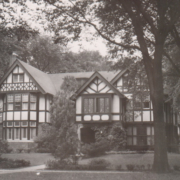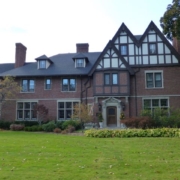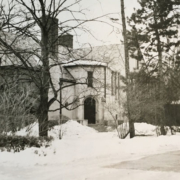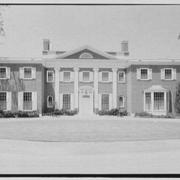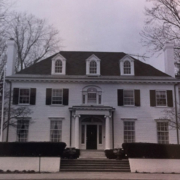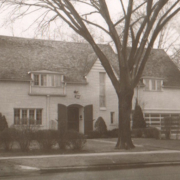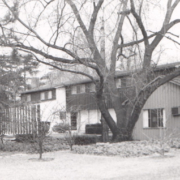Historical Architecture of Grosse Pointe – The Lost Estates – Part 3
Having recently featured the Whitcomb Estate, we continue with our series of the lost estates of Lakeshore. Last week we explored several large estate(s) close to the former Whitcomb residence – the bygone Roy Chapin, William P. Stevens, and Richard Webber properties. All of which have been razed over time, and have been replaced in one-way shape or form.
This week we continue along Lakeshore to an area between Harbor Hill and Kerby. Prior to 1950 this particular area of Lakeshore featured several magnificent residences including those of Frank P. Chesborough, Henry B. Joy, and David C. Whitney.
Starting in the early 1950’s these three residences were demolished within 10 years of each other – The Whitney Residence was one of the first of the grand mansions on Lakeshore to go, demolished in 1954. The Joy residence came down shortly after (in 1959), followed by the Chesbrough Estate (in the 1960’s).
Given the demise of these mansions happened within 10 years of each other, it is interesting to note that they were also built within 10 years of each other, during a time of grandeur, opulence, and a time when Lakeshore was becoming a popular destination.
Lets begin with the David C. Whitney summer residence – Ridgemont – built in 1902, located at 237 Lakeshore. Designed by accomplished Detroit architect Walter MacFarlane, this was a beautiful residence created in a classical Georgian style featuring, columns, pilasters and the central triangular pediment above the entrance.

David C. Whitney’s new home was one of several white clapboard Colonial Revival homes that were being built in Grosse Pointe at that time. Along with the William C. McMillan house (designed by Mason and Rice) it was described as being ‘one of the most formal and stylistically pure of these homes’. The formal emphasis of Walter MacFarlane’s creation undoubtedly came from the White House in Washington. The home featured a two-storied portico (often found in the South), which was extremely popular at the turn of the century, and sunrooms at either end of the home. Source: Tonnancour, Volume 1.
David C. Whitney (son of David Whitney Jr, famous lumber baron, and owner of the house on Woodward, now known as The Whitney) was a banker, and real estate developer.
The Home was razed in 1954, and the estate subdivided.
In 1908 John C. Stahl designed the magnificent home, 259 Lakeshore, for Frank P. Chesbrough, a wealthy lumber baron. Very little is known about the Chesbrough residence, but we did find these wonderful photos on Detroityes.com
This is one of only a few residences in Grosse Pointe by this architect. John C. Stahl, a German American, was born in Detroit, 1874. After graduating from Central High School (Wayne State University) in 1903 he worked in architectural offices during the day and studied building and design at night school. Stahl had a very successful career, he established the firm of Stahl and Kinsey, and designed several churches in Detroit – during his career he was acknowledged as one of the most skilled church and school architects in the state. He was also known to be an admirer of fine woods and incorporated exquisite detailing into many of his homes, including several he created in the Indian Village Historic District between 1912 and 1916.


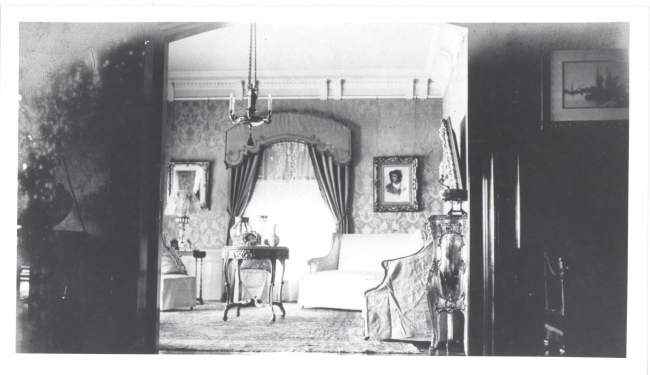
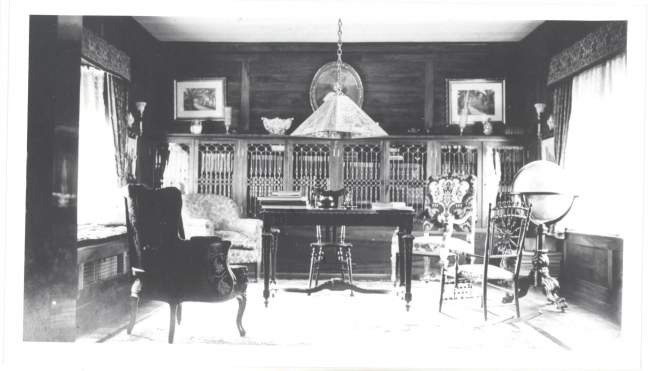
The home located at 299 Lakeshore, Fair Acres, was completed in 1910 for the President of the Packard Motor Company, and major developer of automotive activities Henry Born Joy. This exquisite home, designed by Albert Kahn, employed some of the innovative practices Kahn used in his industrial designs. The large residence, at the time, was innovative and unique in its design compared to its more traditional neighbors. An abundance of large windows, placed at regular intervals along the uninterrupted front façade, provided many rooms with a glorious view of the lake, while the west wing featured a large glass-enclosed sunroom. Source: Tonnancour, Volume 1.The grand estate included a boathouse (also designed by Kahn), which housed Joy’s 100-foot yacht, along with the Joy Bells, now located on the corner of GP Blvd and Moross, in Grosse Pointe Farms.
In 1934 the boathouse was leased to Crescent sailors who were in need of a clubhouse. Upon Mrs. Joy’s death, in 1958, Fair Acres was demolished, and the land sub-divided into lots in 1959. The boathouse was purchased by the Crescent, Sail Club while the bells were given to the City of Grosse Pointe Farms.
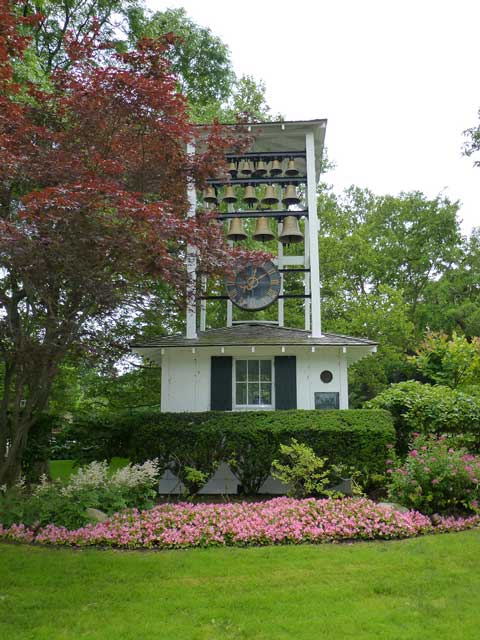
If anyone has any additional info on these estates we would love to hear from you.
We will be continuing with our story of Grosse Pointe’s lost Lakeshore estates next week.
Written by Katie Doelle
Copyright © 2018 Katie Doelle


